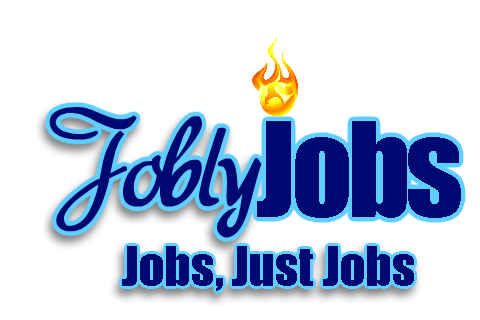Seattle Transit Winning Back Riders Faster Than Ridehailing
Ridehailing companies in Seattle are seeing a slower recovery than in other cities, reports Doug Trumm for The Urbanist. While other parts of the country saw ridehailing grow as an alternative to public transit during the pandemic, Seattle ridership continues to lag compared to pre-pandemic ride volumes. While Seattle ridership for Uber and Lyft hovers at 39 percent compared to 2019, “The companies claim to be at about 70% of normal ridership in most other metropolitan regions.” By contrast, public transit ridership is recovering more quickly. “In April, [King County] Metro ridership clocked in at 49% of its 2019 level.”
Experts attribute the lackluster performance of ridehailing companies to reduced demand and wages that are still too low in a labor market where workers wield more power. “Uber and Lyft have jacked up prices significantly, but most of that is not being passed along to drivers. Instead, the companies are keeping more for themselves in an increasingly desperate attempt to finally turn a profit after a decade of loss-leading growth with little abandon.”
Trumm points to previous arguments made in The Urbanist that “the ridehailing business model appears flawed on a fundamental level for a number of reasons,” including the high cost of car ownership and the failure of the business model to turn a profit as it scaled up. Now, with remote work available to a large percentage of Seattle-area workers, the demand for high-priced ridehailing is even lower.
The article expresses optimism that the slow revitalization of the ridehailing industry may shift more travelers to public transit, but that depends on the ability of public transit to effectively serve Seattleites. “Things like faster and more reliable transit come to mind,” writes Trumm, but notes that transit improvements in the region took a hit from the pandemic as well.



